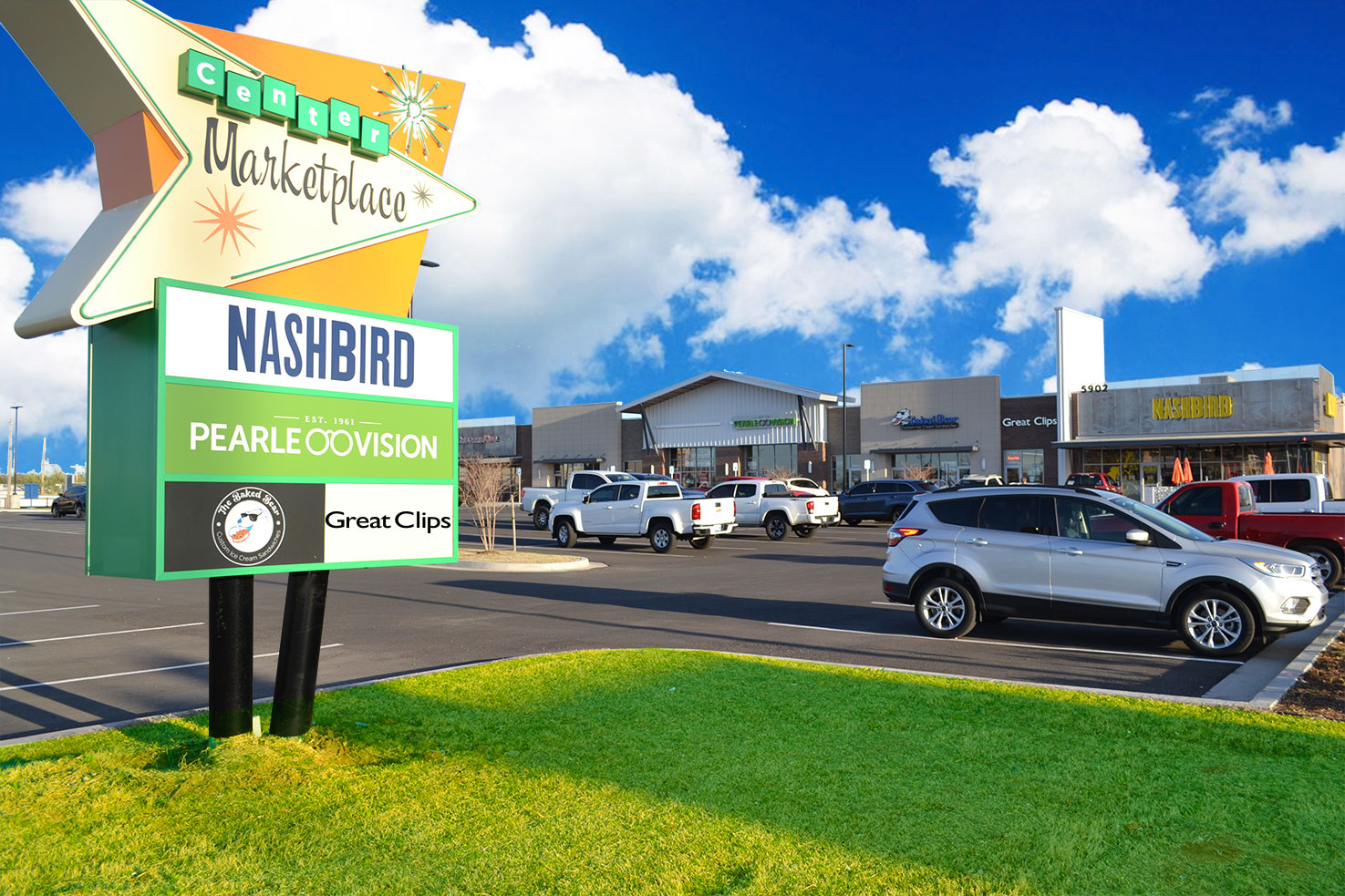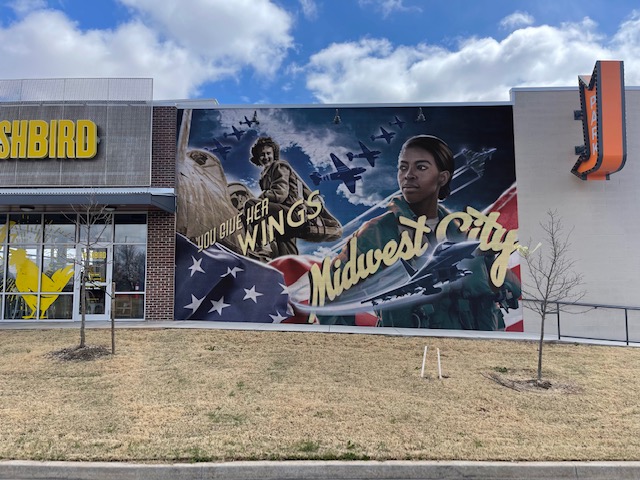by Jake Palmer
Signage has been an important part of the retail industry since its inception. Merchants across ancient Egypt, Rome and Greek city states hung signs outside their shops to market goods sold in their stores. Fast forward to the mid-20th century, and shopping center signage became exciting and vibrant while incorporating neon and flasher bulbs. The advent of digital messaging boards in the 21st century helped to convey more dynamic content to patrons. Today, virtual reality has created an immersive experience for customers which curates content based on a customer’s shopping habits.
While the use of signage in retail has evolved over time, tenants and developers still face several challenges in obtaining approvals. The biggest challenge is complying with local zoning codes and regulations while promoting a tenant’s identity and adhering to underlying covenants, conditions, and restrictions (CC&Rs).

Sign codes vary by jurisdiction and can be impacted by design review boards, CC&Rs, and their architectural review committees. Multiple documents can outline guidelines for signage controls that need to be carefully evaluated. These guidelines usually affect building wall signs and freestanding signs.
Most building wall signs are limited to a percentage of building façade square footage or are determined by building frontage length (e.g., two square feet of sign area is allowed per one square foot of business frontage). Some jurisdictions restrict signage to the street frontage only, while others allow an applicant free reign to maximize signage on the building. Some jurisdictions count logos, trademarks, or patented symbols as sign areas, while others don’t. Sign codes sometimes regulate menu boards, and it is important to dig into these nuances when researching guidelines.
Freestanding signs consist of pylon (or pole signs) and monument signs. Some codes limit freestanding sign areas based on street frontage. Other codes are more flexible and allow massive 30-ft pole signs like those you see driving across Texas. Some codes and regulations can be more restrictive, especially in urban areas, negatively affecting a tenant’s identity.
Repurposing freestanding signs with grandfathered rights should always be considered when evaluating redevelopment projects. Our team is mindful of our client’s needs, and we work with our consultants to evaluate if a sign is worth preserving – is it structurally sound? Will a modification to the existing sign trigger an extensive permitting process? Hiring the right team to evaluate signage roadblocks is critical to help stakeholders navigate hurdles during the development process.
When pursuing a new project, signage is always at the top of our due diligence list. We select the best sign consultants to analyze the sign code thoroughly. Our team has extensive landlord experience and works creatively with our consultants to design a comprehensive sign package that maximizes visibility for the retailer and promotes uniformity within the shopping center.
In the Oklahoma City market, our team developed Center Marketplace. This shopping center’s sign package was designed in the spirit of mid-century modern architecture. Our comprehensive sign package included pole signs with LED tube lighting to create a neon effect. Starburst logos were added with a transparent vinyl overlay to make the pole signs pop in the evening. A projecting sign tied the sign package together with LED flasher bulbs directing patrons to parking areas at the back of the shopping center.
Center Marketplace was designed with a unique comprehensive sign package, but our team went a step further and commissioned a local artist to paint a mural dedicated to women in the Air Force. Visual arts are becoming increasingly popular in retail and can provide a creative medium for signage in a shopping center.
There are many moving parts during development, and signage can be easily overlooked. Hire an expert developer for your next project to maximize your shopping center’s visibility, design and most importantly, its value. If sign codes are puzzling and you don’t know where to start, this is a sign you need a developer.








